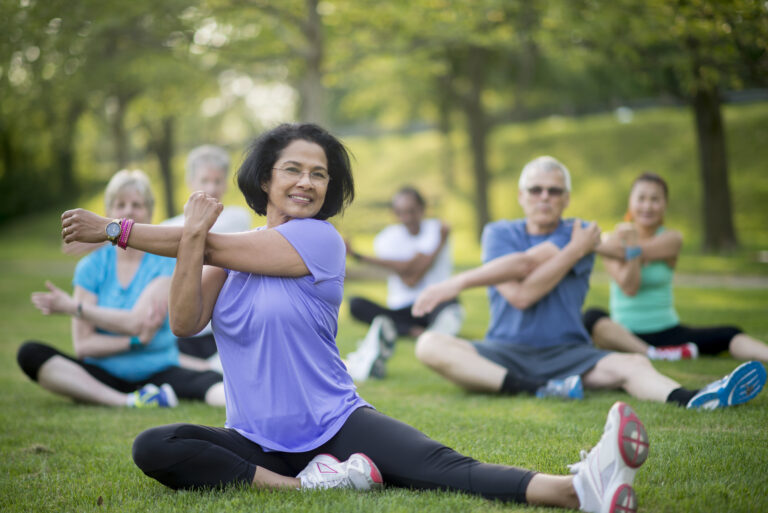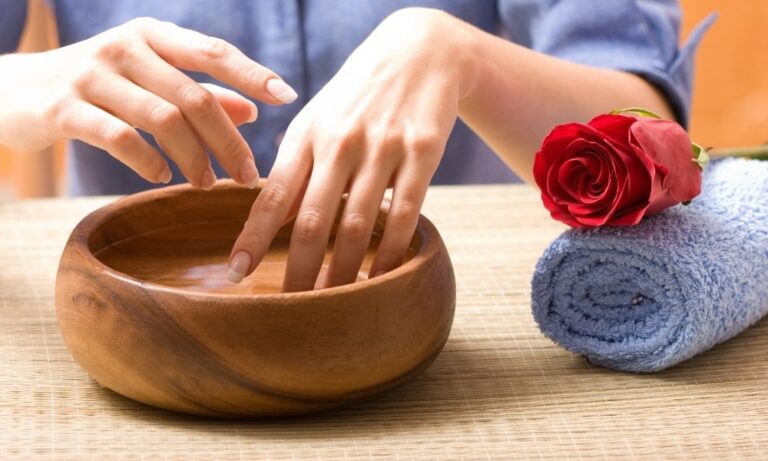If you survived life’s first round of the fight with acne caused by adolescence’s hormone surges, get ready for round two. As if the first round of acne wasn’t traumatic enough, a new acne cause is affecting more of the population than just the front line of healthcare workers.
Why is Acne on the Rise?
Masks and facial coverings are not disappearing anytime in the foreseeable future. While there are some exceptions, having some facial covering is a required accessory before entering public areas for most of us. Unfortunately, wearing masks for an extended period can harm the skin of your face.
According to Dendy Engelman, a dermatologic surgeon in New York, “Virtually all skin types will see some form of irritation from wearing a face mask if they are wearing them for extended amounts of time each day.”
What is Maskne?
Maskne is a new term formed from combining the words “mask” and “acne,” It describes the acne-like eruptions and breakouts that occur in the area of our face that is typically covered by a mask. It becomes more of a problem as we increase the frequency and length of time we wear masks.
What Causes Mask Acne?
Friction, irritation, heat, and bacteria all play a part in the condition.
Masks trap in moisture, sweat, dirt, and oil. These can result in blemishes that include acne, inflamed hair follicles, pressure sores, small bumps, etc. When masks move, they create friction, and any friction creates irritation. Even breathing adds to the complications. When we breathe or speak, we create moisture, which changes our skin’s pH. A change in pH levels can result in a rise of bacteria, which leads to increased blemishes.
How Can I Treat My Mask Acne?
There are a few simple steps you can add to your routine to help lessen the side effects of wearing a mask:
- Wash your face twice a day using your hands and a mild cleanser. You don’t want to use anything abrasive or that may disrupt the skin’s surface.
- Moisturize using a light or non-comedogenic moisturizer. Avoid using thick and occlusive products in the area of your mask.
- Try to find a mask that is a comfortable fit and does not rub the skin. You may apply Vaseline or Aquaphor to areas that get rubbed by the cover only.
- You may find it helpful to spot-treat any acne bumps with OTC benzoyl peroxide.
- Frequent washing of cotton or reusable masks and changing disposable masks are also beneficial as bacteria can be present on the surface.
While wearing a mask may lead to skin irritations or acne, it is still the better choice to help keep others healthy. Maskne should not be an excuse to forgo wearing your mask. If you believe you have a more severe problem or these tips are not providing relief, please contact your dermatologist.


